As promised, another book review of a soon to be released English translated Japanese Sewing Book. I know I promised it would be up last week but I have a good excuse. An excuse that explains why getting a blog post photographed and written is taking more time than is used to. I will try to improve on that but more details about that in my next book review. 🙂
Back to this book. The original book in Japanese was first published sometime in 2013 which is really not too long ago, and the original title of the book was “She has a mannish style” Do you remember that book? I fell in love with the book because, despite loving dresses and girly stuff, the truth is that as a Mum my wardrobe is literally navy, black and grey + shorts/pants. The draw of this book is that the designer has taken wearable daily clothes and added some really cool designer touches to them.
Yuko Takada is also the author for I love Tops (click to see my review on the Japanese book) and I love Pants. She is an award winning designer who graduated from the famous Bunka Fashion College with a major in Fashion engineering. This book has been translated to French as well with the title “Féminin masculin” which I am guessing means Female Male? or is it the other way round as Google translate tells me “male Female”? So now there are 3 very different titles for the 3 versions, but I think you get the point what this book is about. The author herself says it best, when describing the inspiration behind her creations….. see the little paragraph below the Contents page.
“Sometimes you want to dress cool and boyish, in special, unique pieces that are only for you…”In the Japanese version review, I did share a number of the pictures with you but let’s have a look at them again just to refresh your memory. I’ve also added some new shots of those not shown previously.
Oval coat with a round collar. Interesting attachment of grey knit fabric as part of the sleeves from the elbow down. It is sewn on as part of the coat.
Jumper skirt with a false fly, decorative side panels and lined skirt.
Mini Dress in stretched wool. The dress has a baggy top with a V-shaped neckline. The model is wearing another layer inside the dress which explains why you can’t quite see the details. I’ll try to describe it as best as I can. A decorative bow is sewn to both sides of the front V, and on the back there are criss cross straps sewn to the back V. The skirt is like a short elastic tube skirt attached to the baggy shirt.
Top with Epaulettes. What’s an Epaulette? A shoulder decoration. In this case there are two fabric strips attached to the shoulder seams and fastened down with buttons.
A velour blouse that I had did a translation for. Chance for me to check how accurate my translation was!
Square Top – named after the squarish pattern pieces it is made out of. It’s one of those designer pieces that you need to figure out how to put on but so worth it cuz it looks so stylish and edgy. You can wear it in two different ways. Thrown on like a jacket…or like a blouse (below)
Fleece Jacket – the knit lining makes for an interesting contrast when you turn up the sleeves.
Sarrouel Trousers – are these technically the same as harem pants? I am not familiar with the terms but when looking at the how-to-make for this pair of pants, be warned that it looks like tricky business. I’m used to having two or four symmetrical pattern pieces when sewing pants, but this particular design calls for different size panels and pattern pieces, that will be pieced together to form the pants.
A casual unlined long jacket with welted pockets.
Pompom blouse – one of the simpler patterns to make but with an interesting neck binding that accentuates the neckline and the shoulder seam. The pompoms are actually from ready made pompom trim.
Draped Mini Dress – From the instructions this dress looks really easy to make. The drapes will form naturally thanks to the shape of the pattern piece and the knit fabric used. The material list calls for Cotton T-cloth, which I am assuming means T-shirt material (knit jersey) made of cotton? A google search turns up either cotton fabric, one even said it’s grey sheeting fabric but in the Japanese versions the term used is 綿 (which means cotton) and 天竺 (which means jersey). All the image searches in Japanese turn up some kind of knit fabric and it makes sense given that the dress has no other enclosure and a plain cotton fabric will not create such nice drapes nor allow you to get in and out of the dress with ease. So my conclusion is when they say T-cloth in Japanese sewing books, it means jersey.
Tapered trousers. Learn how to make a proper pair of pants with the full works – waistbands with belt carriers, side pockets with pocket bags, back patch pockets, zip fly. The design details are in the back waistband, where there is a interesting design feature as well as a decorative belt.
Semi-flared culottes with tucks and decorated with a waist tie made with the same fabric.
Draped cardigan – Another interesting piece in terms of pattern design. This cardigan is constructed out of 3 irregular pieces of fabric and the pockets are cleverly designed as part of the pattern piece so that you don’t actually have to make the pockets but just sew up the edges and the pockets will form naturally. It’s hard to describe. You have to see it the pattern to know what I mean!
Decorative Tippets that you can drape over any plain shirt/outfit to jazz it up.
This blouse is called the Gathered Blouse, it looks really simple but the design details are in the back. There were two photos of this in the book but both were showing the front and not the back! The back bodice piece is gathered where it meets the yoke. There are also pleats where the sleeve meets the cuffs and the cuffs come with a slit opening secured by a button.
The last piece is a knitted belt stole. What’s a belt stole you might ask? A belt + a stole combined in one piece. You fasten the belt around your waist and wrap the stole around your neck. Prevents it from slipping off. Brilliant eh? This is actually a knitting pattern with actual instructions on how to cast on and off, knit,purl and even how to make a fringe. The whole stole is made of rib stitch and stocking stitches which are essentially different combinations of the knit and purls. It does not tell you exactly what a rib or stocking stitch is, so you have to find that out for yourself. In any case, using diagrams to learn knitting/crochet has always been difficult for me to visualize, all the arrows give me a headache 😛 So I always fall back on youtube videos. Once you pick it up, it’s easy to follow this pattern to make this gorgeous belt stole.
The patterns in the book are for sizes XS-L, according to the measurements below. As usual, measurements are in inches and cm equivalents in brackets.
There are a couple of pages devoted to basic sewing tips and techniques, text+photographs included. In my previous review I did mention that they were not so useful as a lot of the photos needed explanation from the accompanying text. Now it’s all in English so no more problems with that! The sewing tips cover the preparation of fabric, choice of needle and thread, sewing seams, finishing edges, and even sewing on stretch fabrics and edge binding.
The how-to-makes are presented in a similar way as in the Japanese version.
A close up of the diagrams in the book.
Unlike the Japanese versions where the pattern sheets are stuck on to the last page, there is a handy pocket on the back cover. I wish they would do this for all Japanese sewing books because I hate tearing the patterns out of the back page.
The back cover of the original book was a cool cement gray wall+floor. Very minimalistic. This new back cover makes more sense because you get to see more of what is in the book. Oh and this book includes a quote from me as well! In case you are wondering, I don’t get paid for this at all! I’m just a fan of the book! 🙂
In summary, some of the pieces do seem a little complicated to make but there are also easy pieces that look really unique and stylish so I guess there’s something for everyone in this book, whether you are a beginner or advanced sewist.
available now for pre-order on Amazon.com
Title : She Wears the Pants: Easy Sew-it-Yourself Fashion with an Edgy Urban Style
Author : Yuko Takada
ISBN No. : 978-4-8053-1326-8



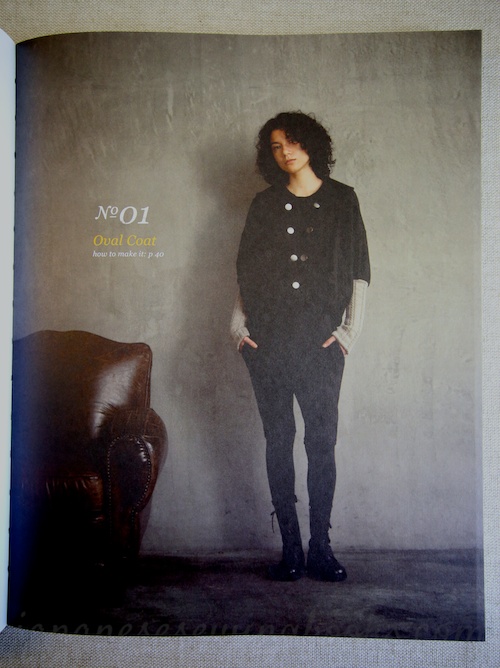



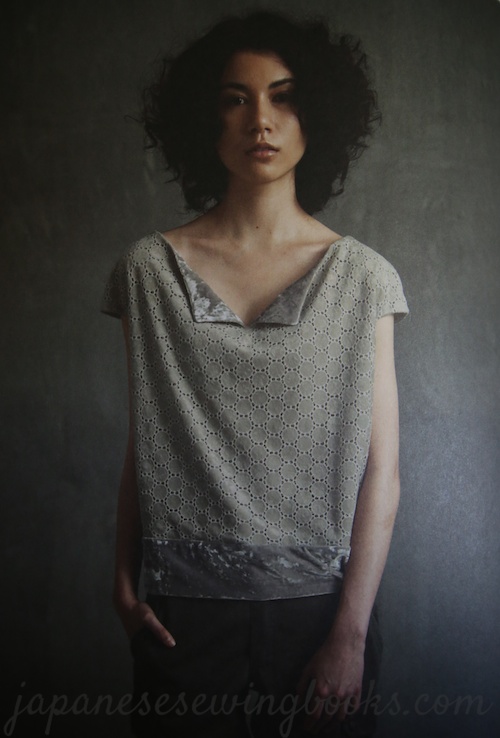

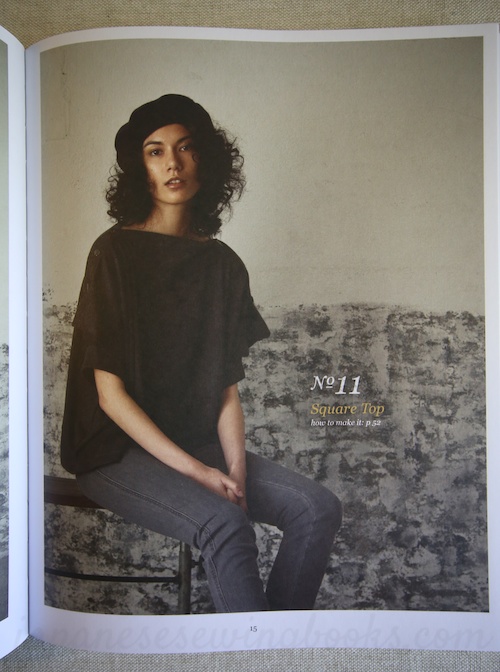
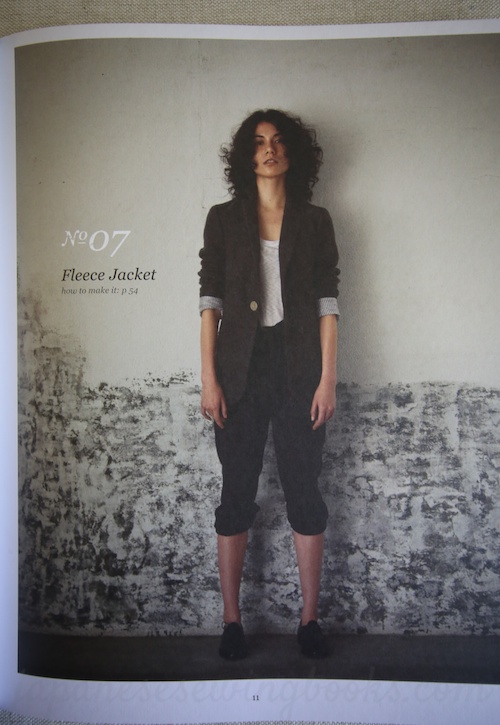
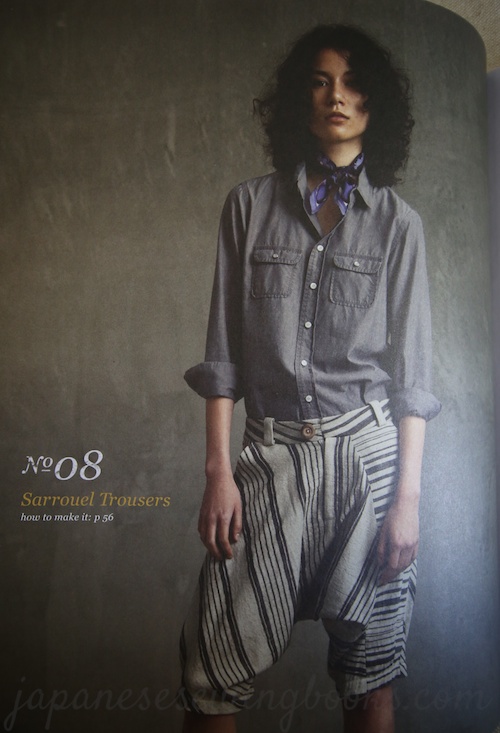



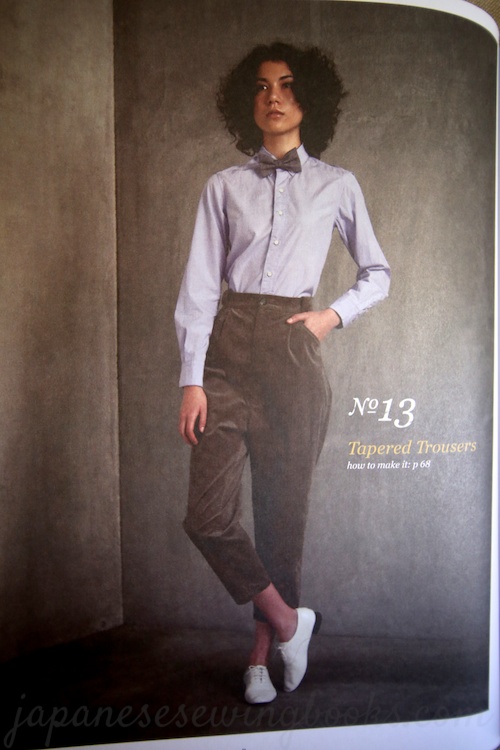

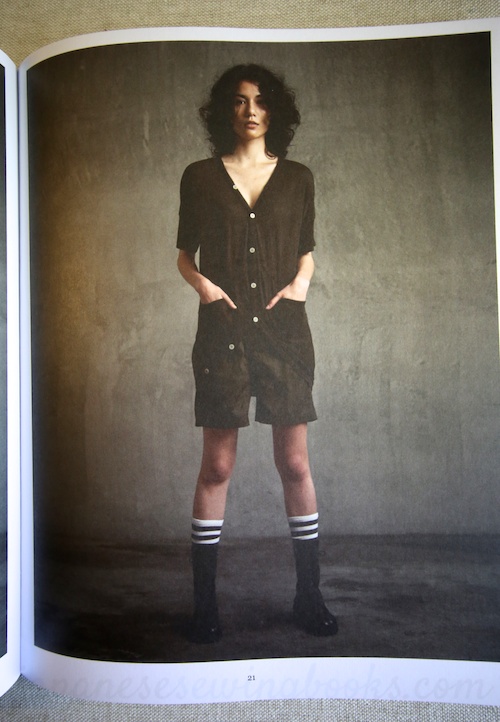



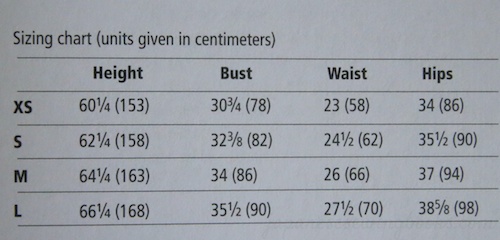
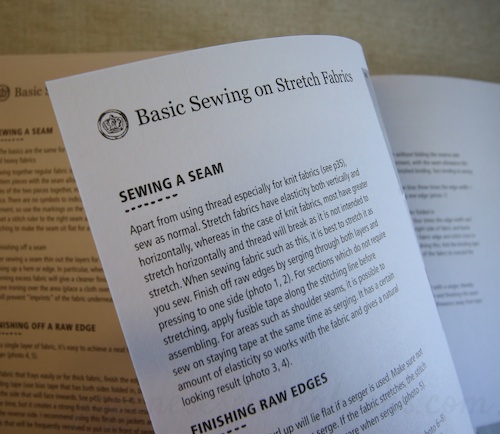






Thank you so much for that very useful review the pictures are always beautiful but it is so good to have your write up as well…. Think I may buy this one some nice easy tshirts for summer in lightweight Jersey just the job! X
[…] book, don’t worry, it’s not just about pants. Have a peek into the book here – She Wears the Pants (English) Book Review and here – She has a Mannish Style (same book in Japanese version) Book […]
[…] There is an excellent review of this book and more images on Japanese Sewing Books. […]
Hi! I wish I had looked at your review before purchasing the book. Looking at the front of the book, I had assumed that anything that was on display would have an accompaning pattern inside. I was very interested in the trousers on the cover but once I opened my book, I found that a pattern did not exist for it. 🙁 Sill a great book though.
Can’t tell you how disappointed I was that there is only two pants patterns in this book! The surroul pants wo’t suit me so that brings it back to one pair…but the model is wearing sooooooo many great pairs. Also, the details are very hard to see in their chosen fabrics – mannish style apparently means black and black only! Guess I’ll dive in anyway…
[…] Besuch einer Buchhandlung. Inmitten einer riesigen Vielfalt an Nähbüchern habe ich das Buch von Yuko Takada aus dem Regal gezogen. Es hat den schönen Titel „She Wears the Pants. Easy Sew-it-Yourself […]
[…] Ich arbeite an einem „japanisch-britischen“ Nähprojekt: Der Schnitt ist von Yuko Takada, der Wollstoff aus einem Fabrikladen in […]
[…] Nähbuch von Yuko Takada („She Wears the Pants„) hat sich für mich als Glücksfall herausgestellt. Das Jacken-Foto ist im Buch (leider) so […]
Feminine Masculine 😉